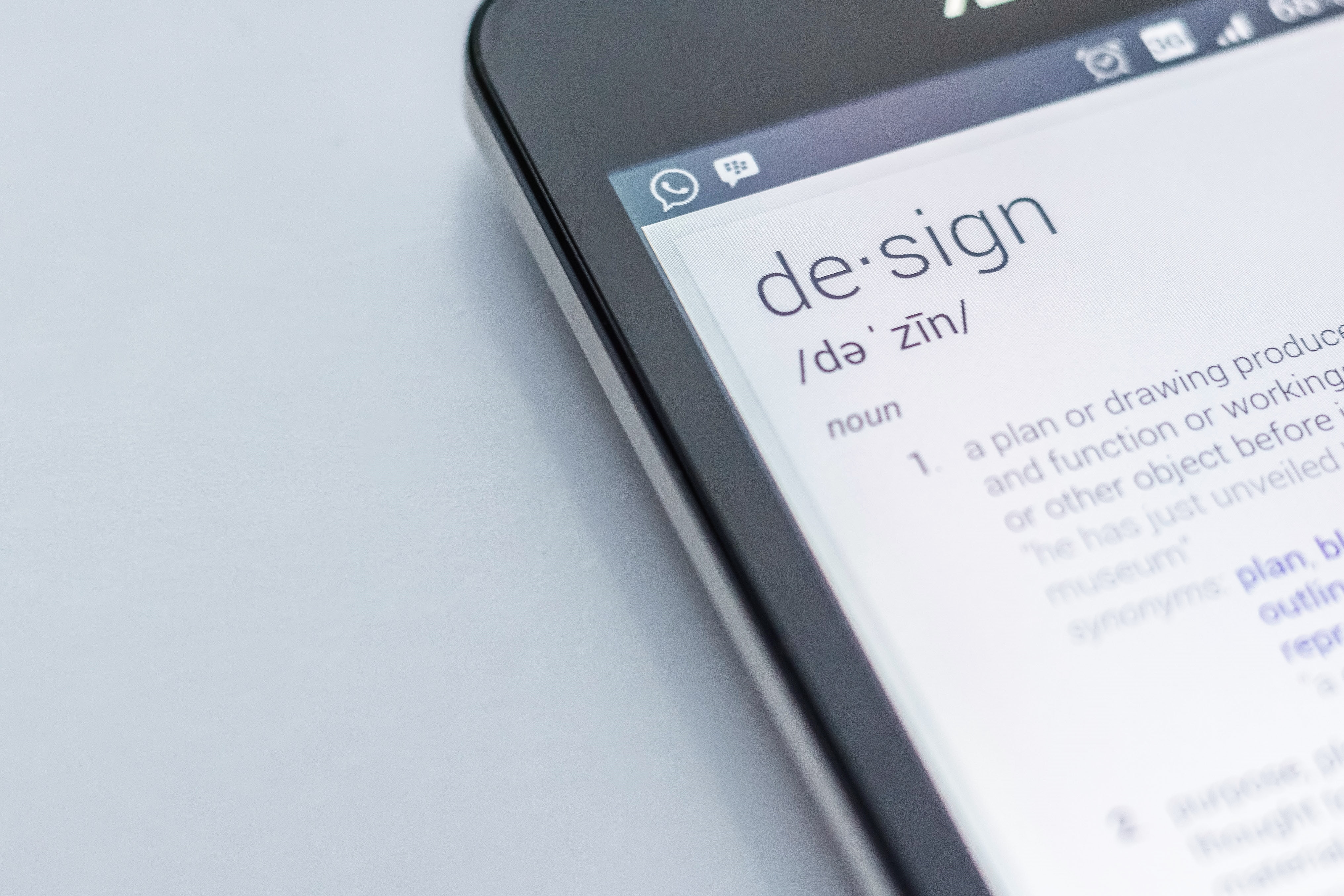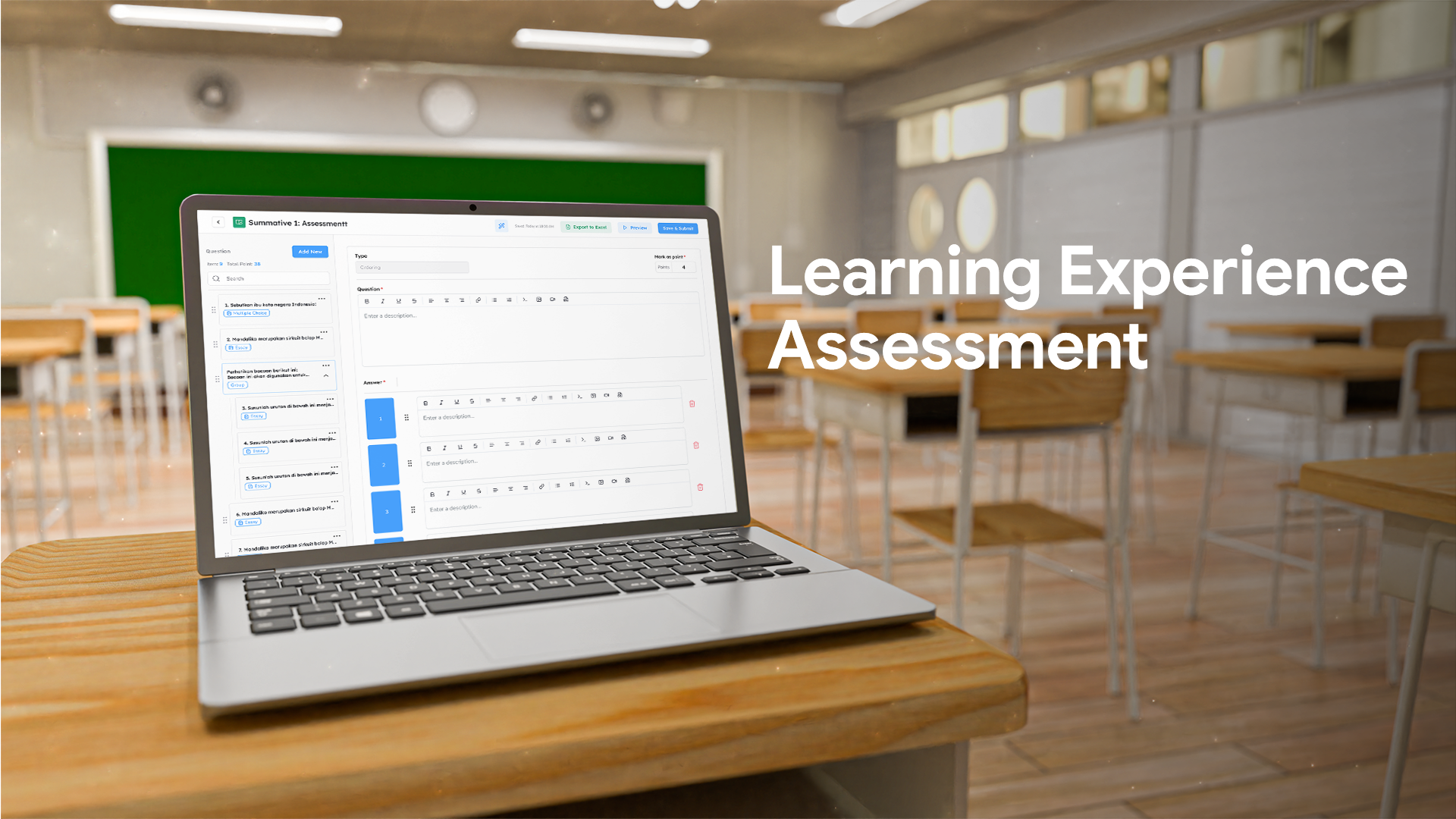What goes through your mind when you are planning lessons for the students? Do you just focus on fulfilling your tasks and responsibilities as a teacher, or do you think about how your lesson plan will affect the lives of your students in the future?
An effective lesson starts with creating a well-rounded lesson plan, and a well-rounded lesson plan begins with the right way of thinking. “Understanding by Design” is a lesson planning mindset that requires teachers to determine the end goals of learning in advance from a “student-centered” perspective. This means that the created lesson plan by the teachers will prioritize the development and needs of the students in each lesson. This mindset can also be referred to as: backward by design for the best design.
Why is it called ‘backward design’?
So far, lesson planning has always been focused solely on the material and teaching method, rather than considering the long-term impact on students. However, if teachers have a Backward by Design mindset, the lesson plans they create will focus on the process and development of the students as the targeted outcome. “Backward” here means starting to think from the outcome rather than in chronological order.
McTighe and Wiggins stated in their book “Understanding by Design”, there are three steps in designing a lesson with a Backward by Design mindset.
- Identifying The Desired Outcomes The first step in lesson planning is to identify the desired outcomes, not the teaching content or the method. Once the learning goals are determined, the teaching material and method will follow the goals. Moreover, teachers may prioritize some of the goals for effectiveness.
- Determining Adequate Learning Evidences Teachers need to determine the assessment in order to clearly measure the learning goals that have been set before. In contrast, teachers tend to design the assessment at the end of the lesson, not from the beginning.
- Planning Students’ Experience with Teaching Strategy and Method At last, the detailed execution of lesson planning is made by teachers starting from content, method, and strategy. The execution of the lesson plan should be guided by the previously determined learning goals.

3 Steps of Backward Design
– Identifying The Desired Outcomes
– Determining Adequate Learning Evidences
– Planning Students’ Experience with Teaching Strategy and Method
To help teachers plan lessons with a Backward by Design mindset, Paideia Educational Solutions provides a mobile application “Guru Kreator” that can be downloaded for free on the Play Store. This application makes it easy for teachers to plan lessons, design assessment, and complete other administrative tasks at your fingertips. In addition, the “Guru Kreator” application is easily accessible to teachers in areas with limited internet connectivity (2G networks).
To accomodate the needs of a digitally integrated school ecosystem, Kawan Kreator can try the web-based GURU KREATOR ENTERPRISE learning management system.
Try the demo version here.
Writers:
Aldo, Meista, Eunice









